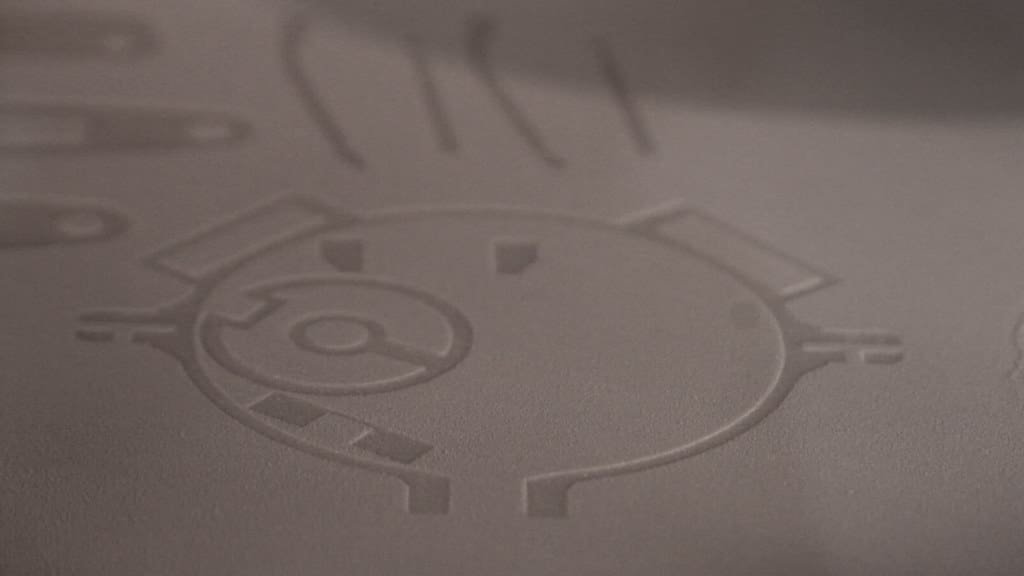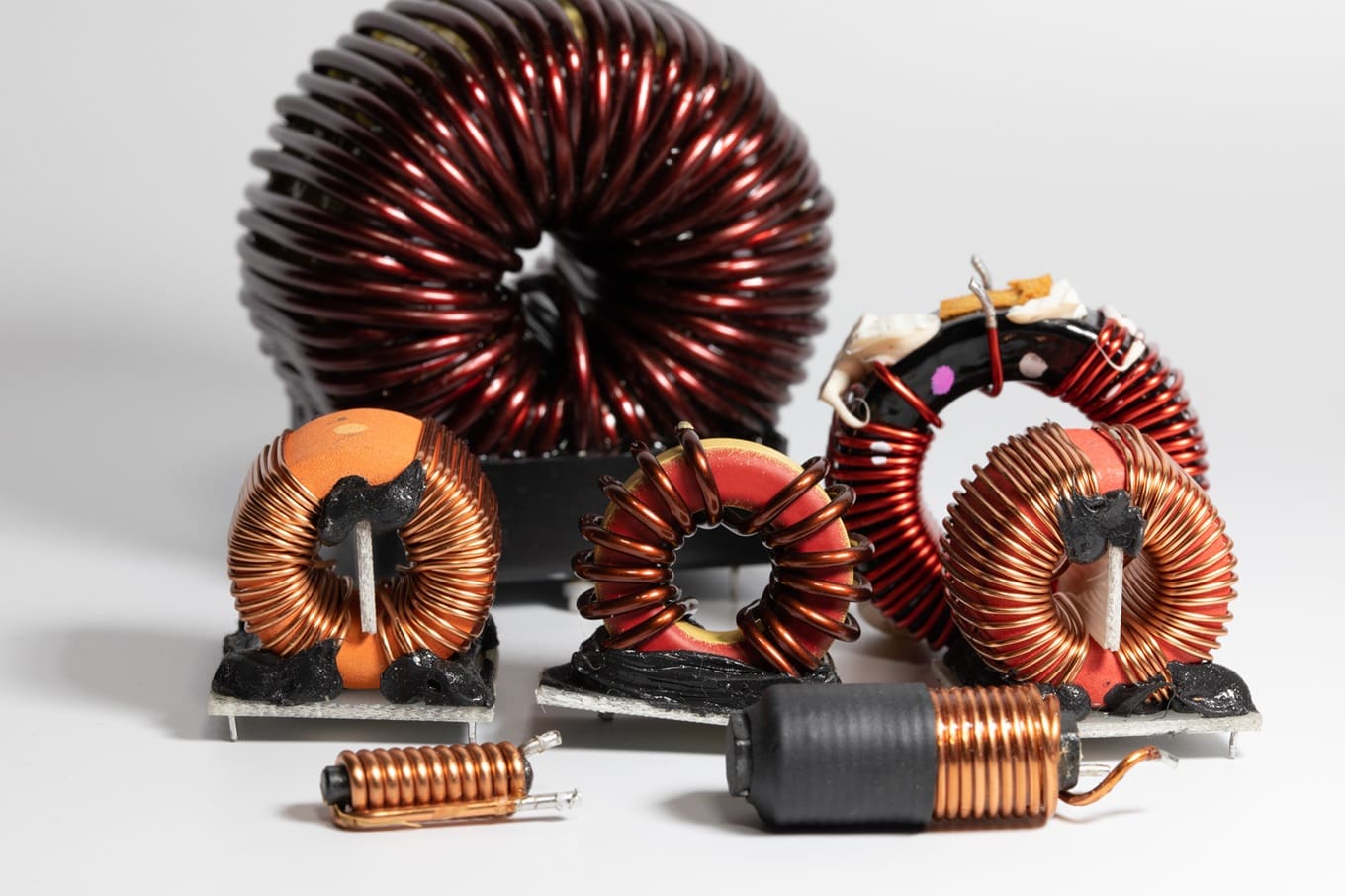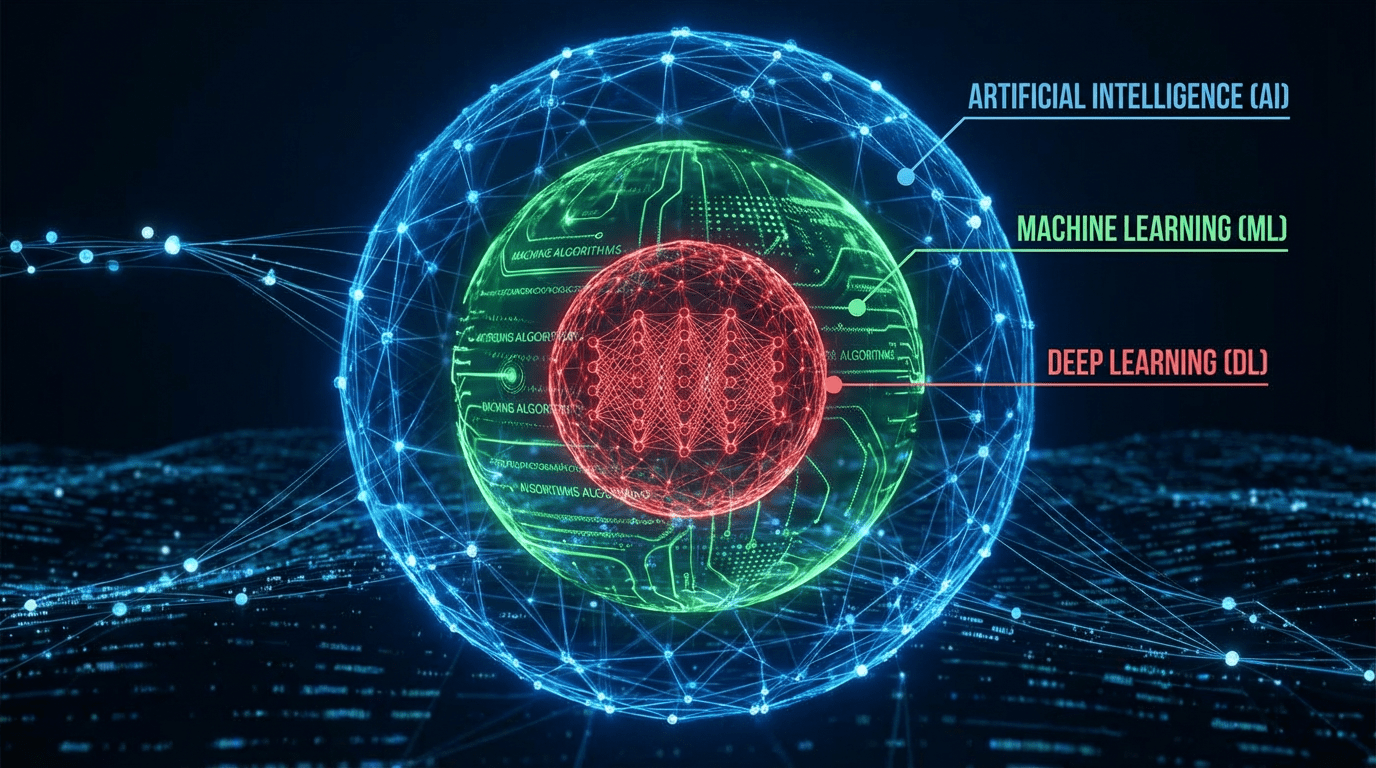Selective Laser Sintering (SLS) is one of the most advanced 3D printing techniques available today, widely used in professional environments for its ability to produce high-durability parts with complex geometries. Unlike other 3D printing methods, SLS does not require support structures, which allows for greater design freedom and efficient use of materials.
How SLS Printing Works
The SLS process begins with a thin layer of powder material—typically plastic, metal, or ceramic—spread across the build platform. A high-powered laser then selectively sinters the powder particles, binding them together to form a solid structure. The platform lowers, and another layer of powder is applied. This process repeats until the entire object is fabricated, layer by layer. The unsintered powder acts as a support for the object during printing, which means complex and intricate designs can be produced without additional structures.

One of the key features of SLS is its ability to use a diverse range of materials, offering flexibility in application. The finished objects are durable, suitable for functional testing, and can often be used as end-use parts due to the strength of the bonded material.
Advantages of SLS 3D Printing
SLS printing offers several significant benefits:
Complex Geometries: The ability to produce intricate and detailed designs without support structures opens up possibilities for applications where traditional manufacturing might fail.
Strength and Durability: Parts produced by SLS are known for their robustness, making them ideal for functional prototypes and end-use components.
Efficient Material Use: The powder not sintered during the printing process can be reused, minimizing waste and reducing material costs, especially beneficial in large-scale production.
Applications of SLS 3D Printing
SLS technology has found applications across various industries:
Aerospace and Automotive: For producing lightweight, complex components that reduce overall vehicle weight while maintaining strength and durability.
Medical: Used for creating custom prosthetic limbs and surgical guides that benefit from the customizable, patient-specific design capabilities of SLS.
Fashion: Innovative designers use SLS to create unique, custom-fitted pieces of clothing and accessories, pushing the boundaries of traditional fashion design.
Considerations and Limitations
Despite its advantages, there are several considerations when using SLS printing:
Cost: The initial investment for SLS printing technology is high, making it less accessible for small businesses and hobbyists.
Post-Processing: While the unsintered powder can support complex designs during printing, it requires thorough cleaning afterward, and additional post-processing may be necessary to achieve the desired finish.
Powder Management: Handling and storing the powder requires careful attention to avoid contamination and ensure consistent quality in printed parts.
The Future of SLS Printing
Advancements in SLS technology continue to push its capabilities further. Recent developments aim to reduce costs and increase the speed of SLS printers, making this technology more accessible to a broader range of users. Additionally, new material formulations are being developed to expand the range of applications, enhancing the functionality of printed parts.
Selective Laser Sintering (SLS) is a powerful tool in the 3D printing arsenal, offering unmatched flexibility in design and the production of strong, durable parts. As the technology evolves, it promises to become an even more integral part of manufacturing, prototyping, and design across industries. For businesses and designers looking to stay at the cutting edge of technology and innovation, SLS offers exciting opportunities to explore and expand their capabilities.








